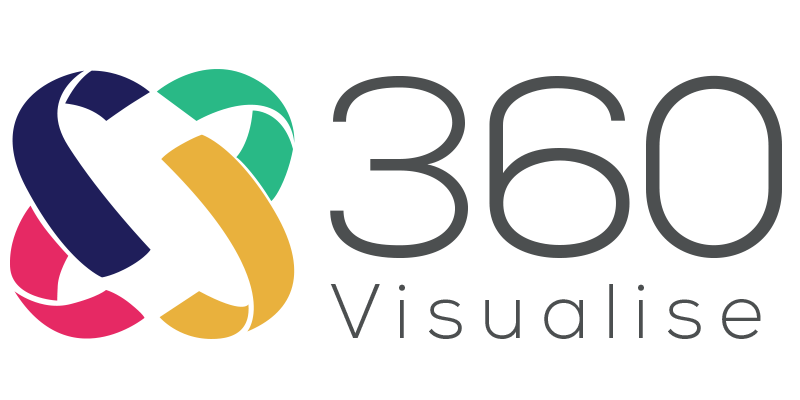
Computed tomography (CT) and cone beam computed tomography (CBCT) are both types of medical imaging techniques that produce detailed 3D images of the body or a specific part of the body. However, there are some key differences between the two:
X-ray source: CT scanners use a large, circular X-ray source that rotates around the body to produce images. CBCT scanners use a smaller, cone-shaped X-ray source that is directed at a specific area of the body, such as the head or neck.
Field of view: CT scanners have a much larger field of view than CBCT scanners, which means they can produce images of a wider area of the body.
CBCT scanners have a smaller field of view and are typically used to produce detailed images of a specific area, such as the teeth and surrounding bone in the mouth.
Image resolution: CT scanners produce higher resolution images than CBCT scanners, which means they can show more detail. However, CBCT scanners are still able to produce high-quality images that are suitable for many medical and dental purposes.
Dose of radiation: CT scanners typically use much higher doses of radiation than CBCT scanners, which means that CBCT scans may be a much safer option for most patients.
Overall, CT and CBCT are both useful imaging techniques that can provide valuable information about the body. The choice of which technique to use depends on the specific needs of the patient and the area of the body being imaged.
